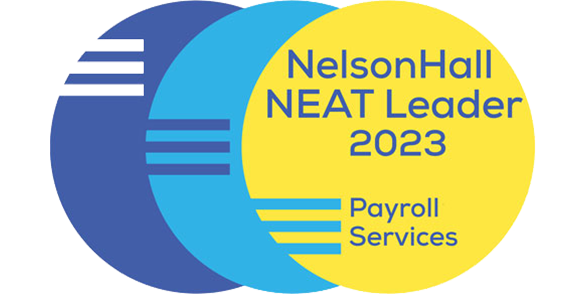
Running payroll with inaccurate results is always a risk for every payroll run.
Choosing modern payroll software that suits your needs can reduce that risk, particularly if you minimise the human element and ensure that the right checks are in place.
Outsourcing can, of course, reduce the risks, providing you choose the right provider. It can take pressure off your staff, freeing up their time to answer employee queries, and ensure that you have expert advice in whatever region you’re paying employees.
Outsourcing should mean complete peace of mind. Global payroll providers can offer unified payroll solutions that reduce risks of incorrect data, give increased visibility and real-time error validation. Linking payroll software to other HR software, such as time and attendance, can also help overcome problems with poor timesheet tracking - one of the main reasons for mistakes along with human error and failure to include regulatory updates.
Using Employee Self-Service (ESS) can also help avoid mistakes by allowing staff to input and check their own information, as well as giving them easy access to pay information.
But there’s still that question of what if?
Even though payroll mistakes shouldn’t happen, if you’ve outsourced your payroll, does that mean that you’ve outsourced responsibility should the unthinkable happen?
Whether it’s failure to capture the right employee info when onboarding or not reacting to a change in tax regulations affecting an overseas office, it’s not impossible.
Costly mistakes
With so many regulatory changes, and a shrinking window to stay compliant, you’d think you could be forgiven the odd mistake. But authorities are coming down hard on those who don’t abide by the rules — whether intentionally or not.
Companies are paying a high price to avoid the risks (of non-compliance) above and beyond fines and penalties. And the reputational damage and resulting employee distrust is difficult to put a price on.
Of course, you can’t expect your payroll provider to take responsibility for errors in data you’ve provided, so you must take every precaution to ensure information is correct and up-to-date. There’s more likelihood of errors creeping in if data is held on numerous systems, even if there has been some attempt at integration.
ADP found that the average multinational organisation has more than 60 different HR and payroll systems. There are many reasons for this: systems have been specially set up to deal with local regulations, some may be legacy systems from growth and mergers, etc., but it will be far more efficient, secure and likely to be 100% accurate if one totally integrated system could be used.
Ensure you have protection
Check that your provider has the necessary accreditations (local as well as worldwide) and check to see what these actually mean and whether they are relevant to you. You should also check the provider’s security standards, given that payroll information is sensitive by nature.
Payroll providers cannot be held responsible for incorrect data provided by you, but you should expect them to accept responsibility in the unlikely event that any error is caused by them.
If it is their error, then you should expect them to take appropriate action to rectify the mistake and pay any costs for doing so. This may be more of a problem for local providers who may have inadequate insurance and protection, but a global provider should have taken the necessary precautions to ensure its reputation is not at risk.
This is something you should talk through with your payroll provider before signing a contract.
If something were to go wrong, you need a vendor that can demonstrate protection from resulting liabilities, and who can demonstrate that binding corporate rules have been followed.


